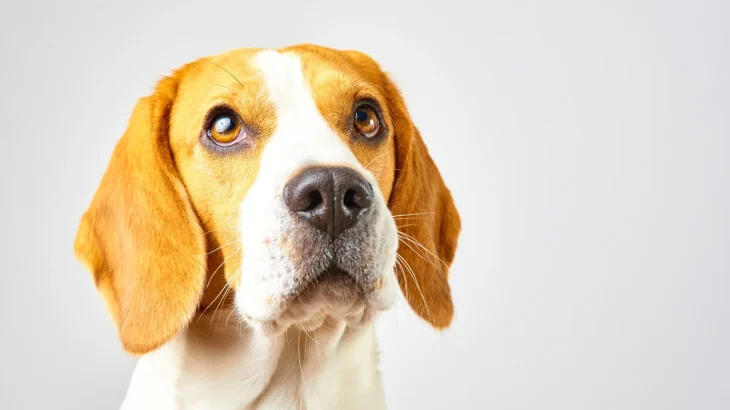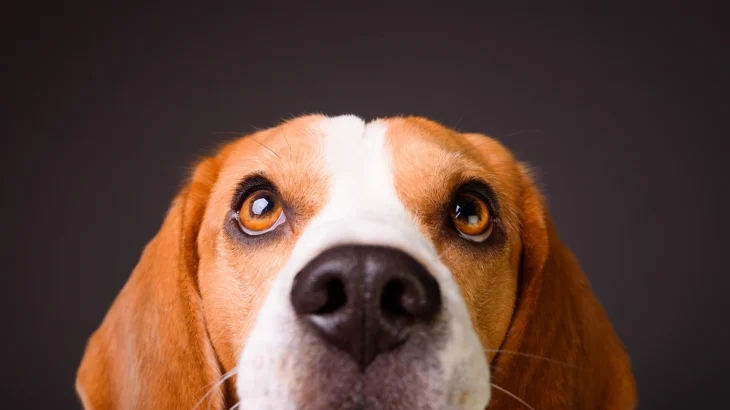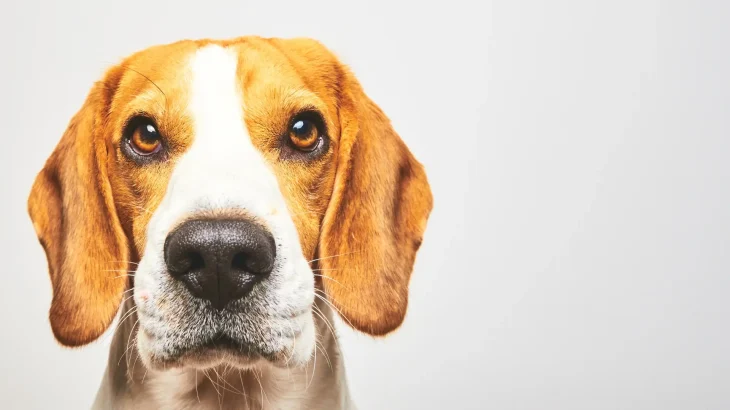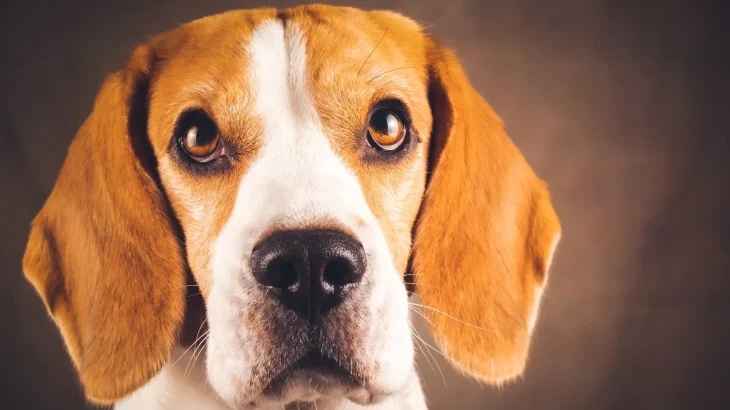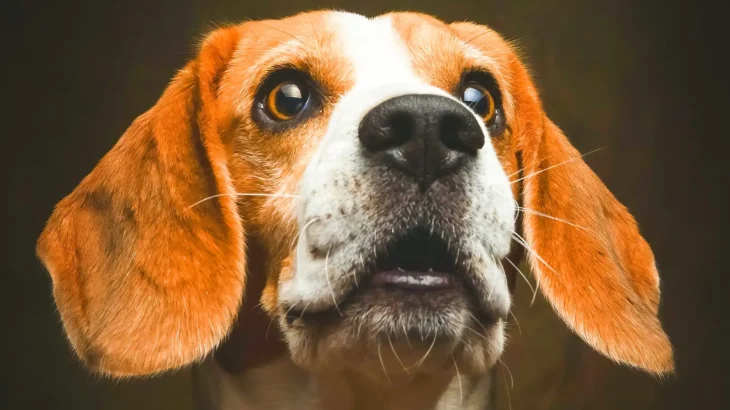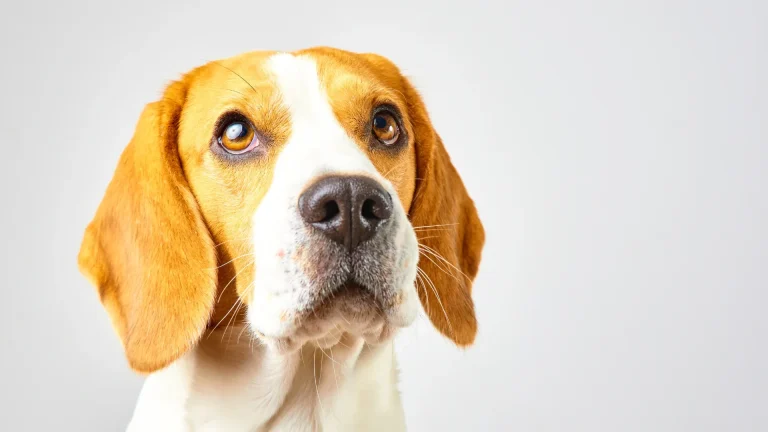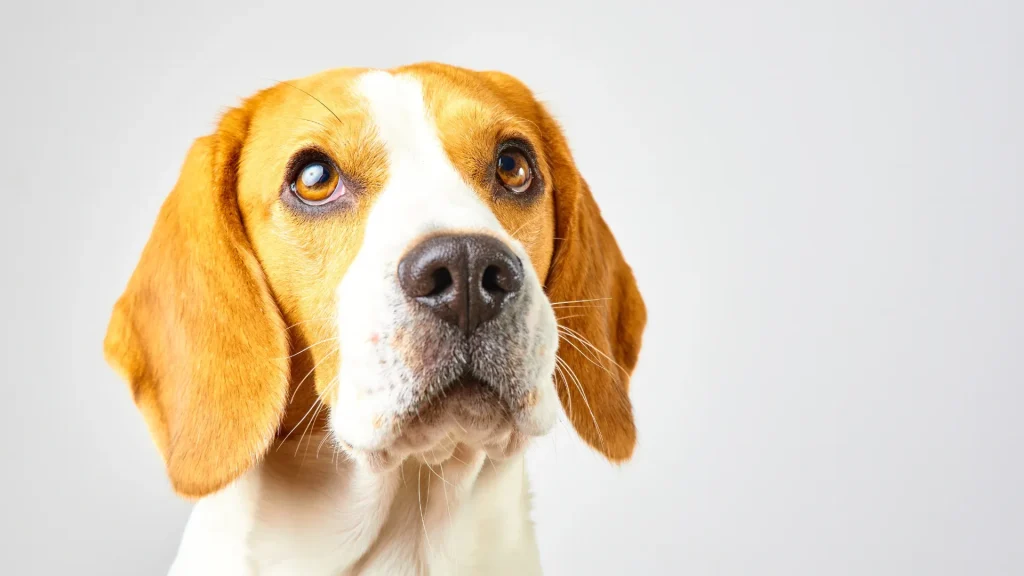Deciding whether to adopt or purchase a Drever puppy depends on your priorities regarding cost, health transparency, and support. Buying from a breeder generally offers more detailed health and pedigree information, while adoption gives you a chance to provide a loving home to a dog that truly needs one.
| Criteria | Buying from Breeder | Adopting from Shelter/Rescue |
|---|---|---|
| Cost | Higher initial cost reflecting purebred status and breeder expenses. | Lower fees, making adoption more budget-friendly. |
| Health History | Thorough health and genetic records typically available. | Health history may be incomplete, though basic vet checks are done. |
| Age Availability | Usually available as young puppies. | Range of ages available, including adults and seniors. |
| Temperament Insight | Breeders can provide insights based on lineage and early socialization. | Temperament may be assessed by shelter staff but less predictable. |
| Supporting Practices | Supports responsible breeding when choosing ethical breeders. | Supports animal welfare by giving homes to dogs in need. |
| Risk of Genetic Disorders | Lower risk due to screening and responsible breeding. | Potentially higher due to unknown backgrounds. |

